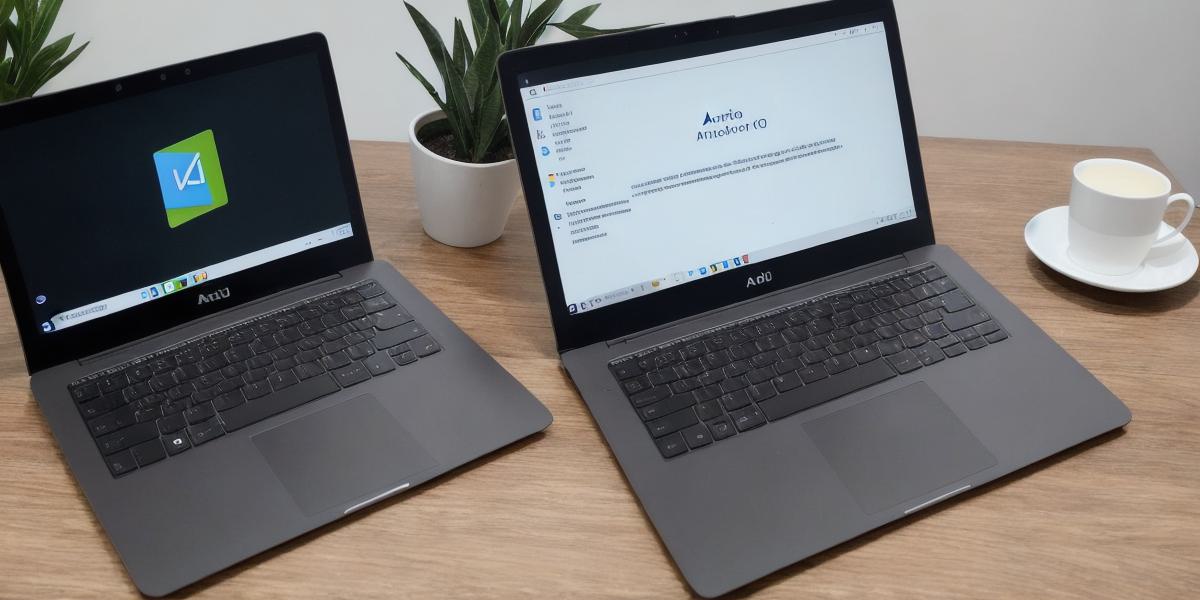Introduction:
Android development is one of the most popular and lucrative fields today, with millions of developers worldwide creating apps for the platform. However, if you’re new to the field, it can be daunting to get started. That’s why we’ve created this comprehensive guide on Tutorialspoint that will take you from zero to hero in no time. In this article, we will discuss the basics of Android development, including programming languages, tools and frameworks, best practices, and real-life examples.
Programming Languages:
The primary language used for Android development is Java, which was created by Sun Microsystems (now owned by Oracle) in 1995. Java has a strong focus on object-oriented programming, making it easy to create scalable and maintainable applications. However, since the release of Android 8.0 (Oreo), Google has introduced Kotlin as an official language for Android development. Kotlin is a statically typed, concise, and expressive language that runs on the Java Virtual Machine (JVM). It offers several advantages over Java, including improved performance, reduced code size, and easier maintenance.
Tools and Frameworks:
Android Studio is the official Integrated Development Environment (IDE) for Android development. It provides a user-friendly interface and supports features such as debugging, code completion, and real-time preview of UI elements. Android Studio also comes with a set of built-in tools for testing your app on different devices and emulators.
In addition to Java and Android Studio, there are several popular frameworks available that can help you speed up the development process. The most popular frameworks include Retrofit for networking, Realm for data storage, and Dagger for dependency injection. These frameworks provide pre-built components and libraries that simplify common tasks, making it easier to create complex apps quickly and efficiently.
Best Practices:
Here are some best practices you should follow when developing Android apps:

- Use a consistent UI design: Consistency is key in app development. Make sure your app follows the Material Design guidelines set by Google, which provide a standardized look and feel across all Android apps.
- Optimize performance: Performance is crucial in mobile app development. Follow best practices such as lazy loading, caching, and minimizing network requests to ensure your app runs smoothly on all devices.
- Test thoroughly: Testing is an essential part of the development process. Make sure you test your app on different devices, operating systems, and resolutions to ensure it works seamlessly across all platforms.
- Follow security best practices: Security should be a top priority when developing mobile apps. Use encryption for sensitive data, follow secure coding practices, and perform regular security audits to identify and fix vulnerabilities.
Real-life Examples:
One real-life example of an Android app that has followed best practices is Uber. The app follows a consistent UI design, optimizes performance by minimizing network requests and using lazy loading, and tests thoroughly on all devices and platforms. Additionally, the app uses encryption for sensitive data such as user credentials and credit card information.
Summary:
Android development can be daunting for beginners, but with the right tools, frameworks, and best practices in place, it can be a rewarding and lucrative career. By following the tips and advice outlined in this article, you’ll be well on your way to creating amazing Android apps that users will love. Remember to start small and gradually build up your skills, and don’t be afraid to seek help from more experienced developers if you need it.
